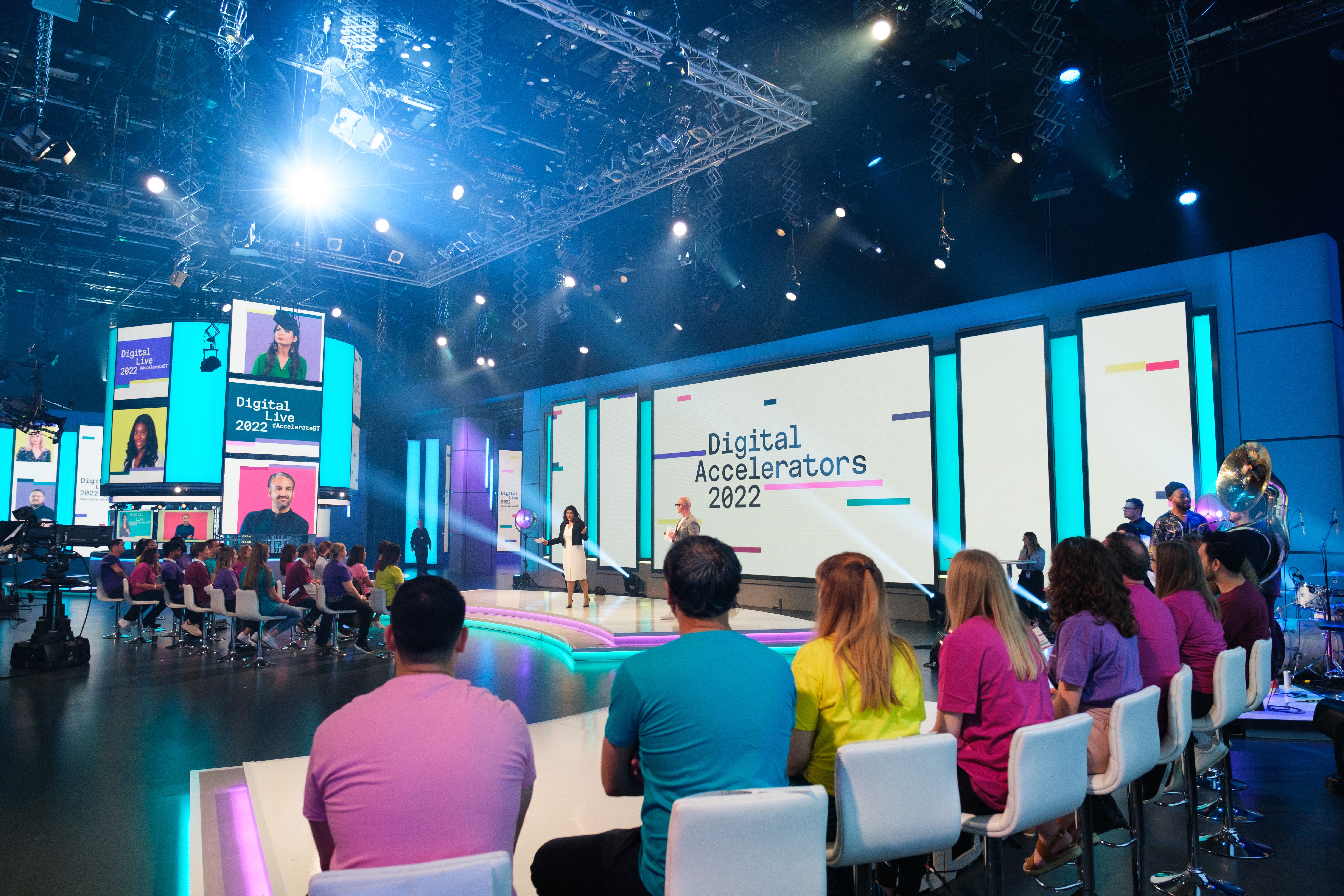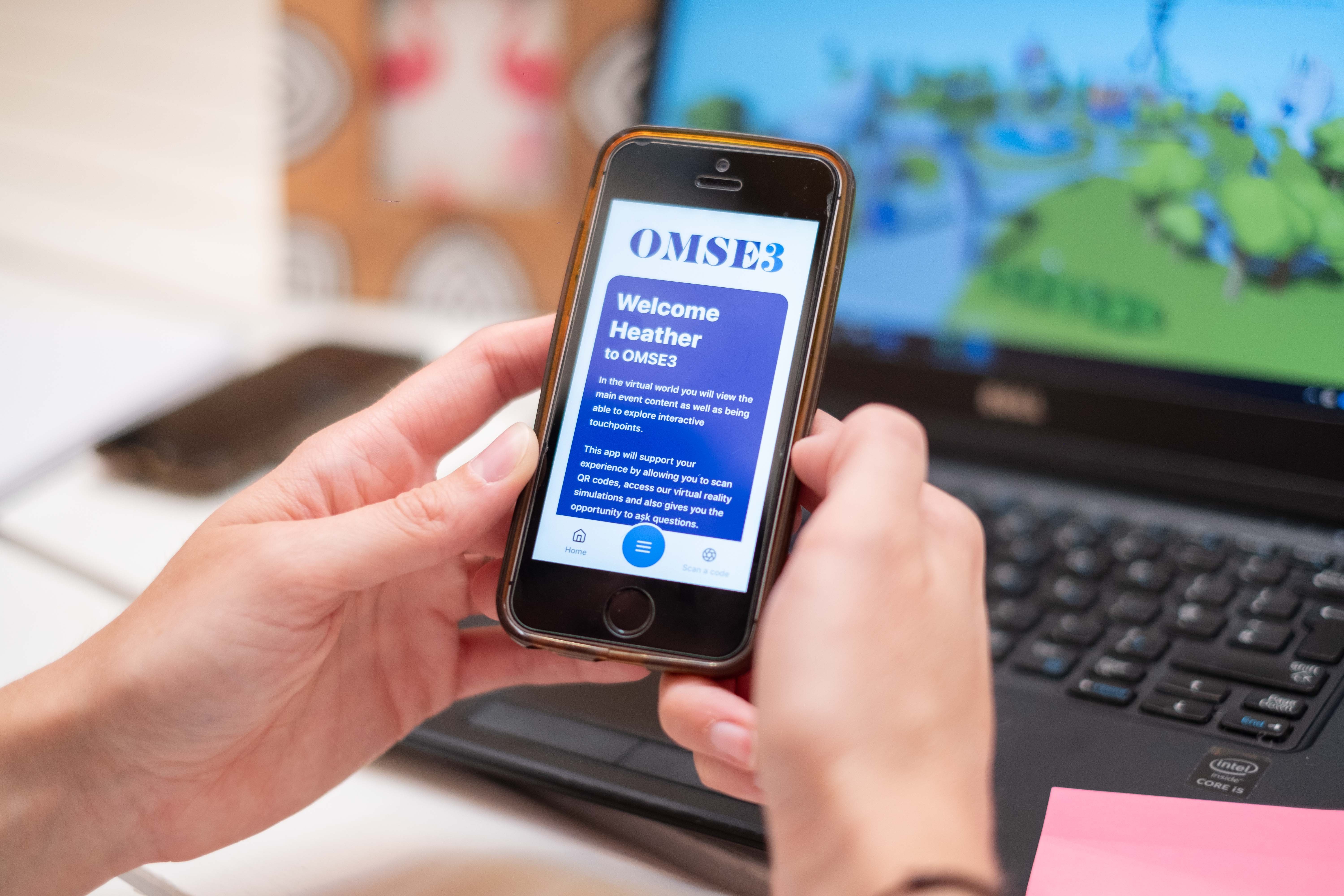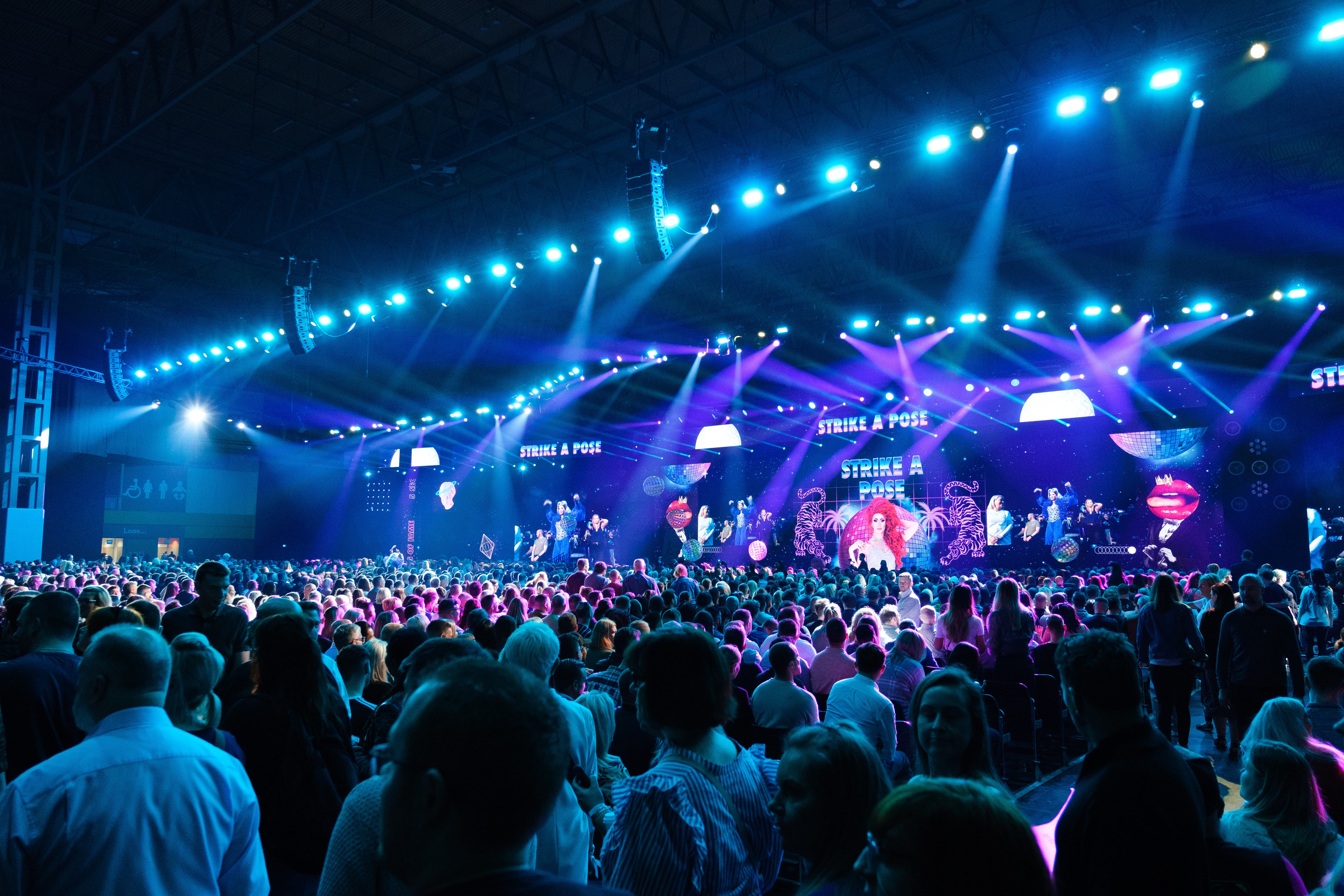Inclusivity is more than just a buzzword. It means providing equal access to resources and opportunities for people who might otherwise be marginalised or excluded. It means making sure everyone has the best possible experience, and that potential barriers are removed.
We all want people to be involved and completely immersed when we hold an event, so this means looking at the things which could limit certain participants from being one hundred percent engaged and included.
Why so much of a focus now? What impact will it have in the short and long term?
The importance of EVP has been brought to light over the past few years. EVP covers both tangible and intangible factors including your company’s culture, and values through to opportunities and rewards; it introduces the benefits an employee might receive in exchange for their skills and showcases the kind of experience they’re likely to be a part of if the join your company. By being open and honest about what it’s like to work for you company, you’ll naturally attract candidates who will be a great fit for your organisation. Part of this EVP should be to ensure that anyone who may be marginalised due to one factor or another is not overlooked, but included.
Whatever the event, whether virtual or in person, addressing your audience’s needs is imperative. Why? It ultimately will have an impact on audience engagement. Whether you want to influence a behaviour change for a more environmentally focused workforce, or to inspire your team to increase sales, you need the message to land without obstruction or without isolation. You need each and every person to feel that they are welcome and valued at your event.
Representation on stage and screen
 From your panel of speakers to the look and feel graphics throughout an event, consideration must be given to inclusivity. This is not limited to the people used in promotional imagery, on screen video content and the speakers/hosts themselves. They should all be reflective of the audience/demographic that the brand represents or targets.
From your panel of speakers to the look and feel graphics throughout an event, consideration must be given to inclusivity. This is not limited to the people used in promotional imagery, on screen video content and the speakers/hosts themselves. They should all be reflective of the audience/demographic that the brand represents or targets.
Content and the supporting audio visual
Closed captions should be essential on pre-recorded content, but also think about live captions or simultaneous translation to be displayed alongside the speakers on stage.
Think about setting the scene with your presenters for those with additional visual needs: can the scripting include a brief description of what they are wearing and how they are presenting themselves on the day? It will provide an accurate picture of who is talking and engage those members of the audience more.
Pre-event census’
 Utilise your CRM or internal comms platform at the very beginning concept stage of an event. Not only does this provide a teaser touchpoint in your overall event marketing campaign, it allows you to ask the questions around accessibility and inclusivity in events. If it’s a repeat event, dust off the feedback from the previous one and conduct a survey on what people expect as a minimum level of provisions this time around, as well as what they would like to see too.
Utilise your CRM or internal comms platform at the very beginning concept stage of an event. Not only does this provide a teaser touchpoint in your overall event marketing campaign, it allows you to ask the questions around accessibility and inclusivity in events. If it’s a repeat event, dust off the feedback from the previous one and conduct a survey on what people expect as a minimum level of provisions this time around, as well as what they would like to see too.
Venue and physical accessibility
When searching for a venue, we need to look further than ramp and lift access. The whole delegate journey needs to be thought through from transportation routes to the venue through to parking availability. The delegate experience may be jeopardised if the only access for wheelchairs is through a service lift at the very back of the venue. There also needs to be clear signage as well as a wide spread of catering options to consider all dietary requirements.
The tech that’s helping us
/The%20technology%20that%20is%20shaping%20the%20future%20of%20inclusive%20and%20accessible%20events/RS26654_DSCF8120%20(1).jpg?width=6240&height=4160&name=RS26654_DSCF8120%20(1).jpg)
Whether it's HOLOPLOT and Ghostframe advancements that we showcased at our DRPGBigtalk event last year or producing a powerful 4D brand experience at Consumer Live, technology turns up the dial when it comes to inclusivity in events.
Talking about the HOLOPLOT and Ghostframe technology, our Creative Technologist Nick Fagan said: “We’re really excited at the possibilities in ‘spotlighting’ audio and visual for live and virtual event audiences, catering for delegates who do not speak the language of the event they are at, including those with additional audio needs. This means a non-intrusive, but highly personalised welcome for the delegate, showing them that the event values their presence as an individual and is willing to invest in technology that adds to their over-all experience.”
To find out more about our event inclusivity and technology, check out our article here all about how technology is shaping the future of inclusive and accessible events.
/DRPG%2045th%20Anniversary/DRPG%2045th%20White%20-%20No%20Text.png)


 Back
Back

/Blog%20Images/AEO%20SEO%20-%20Digital%20Blog.jpg)



